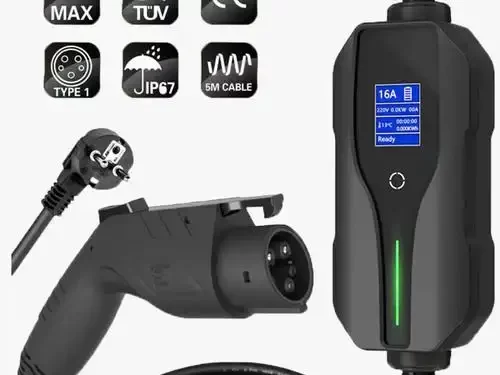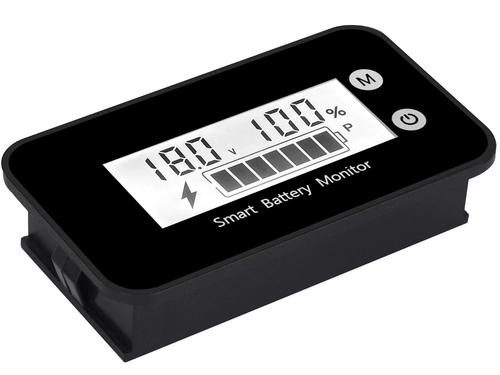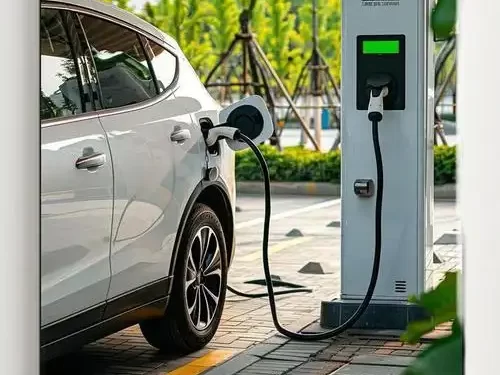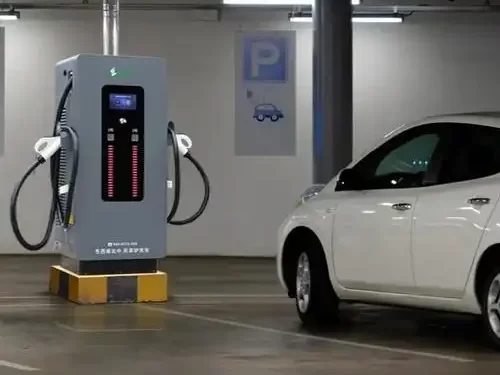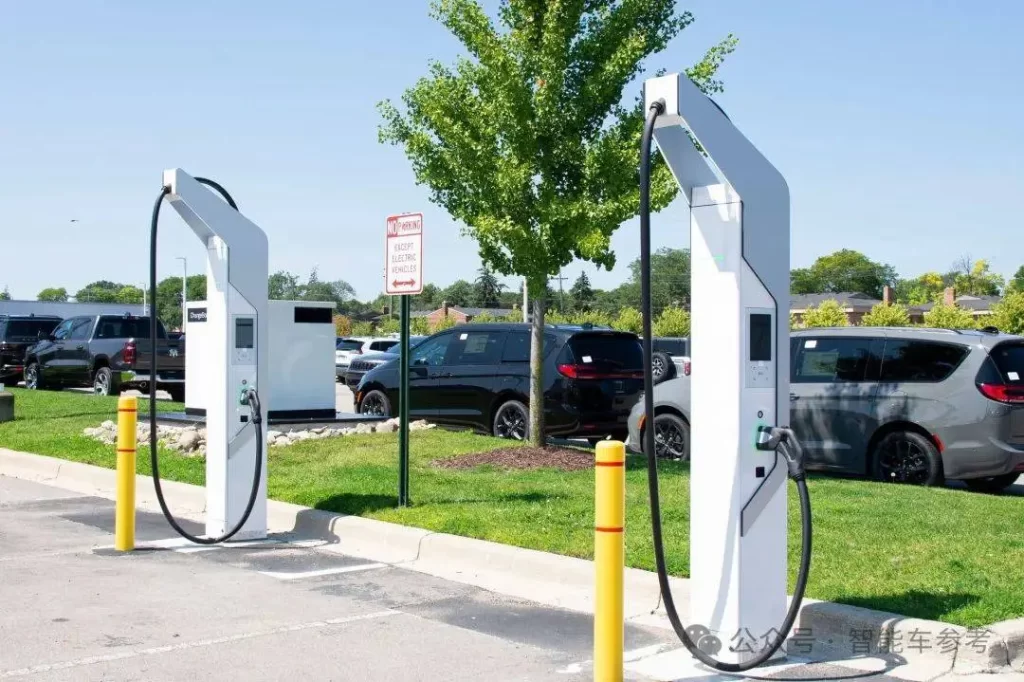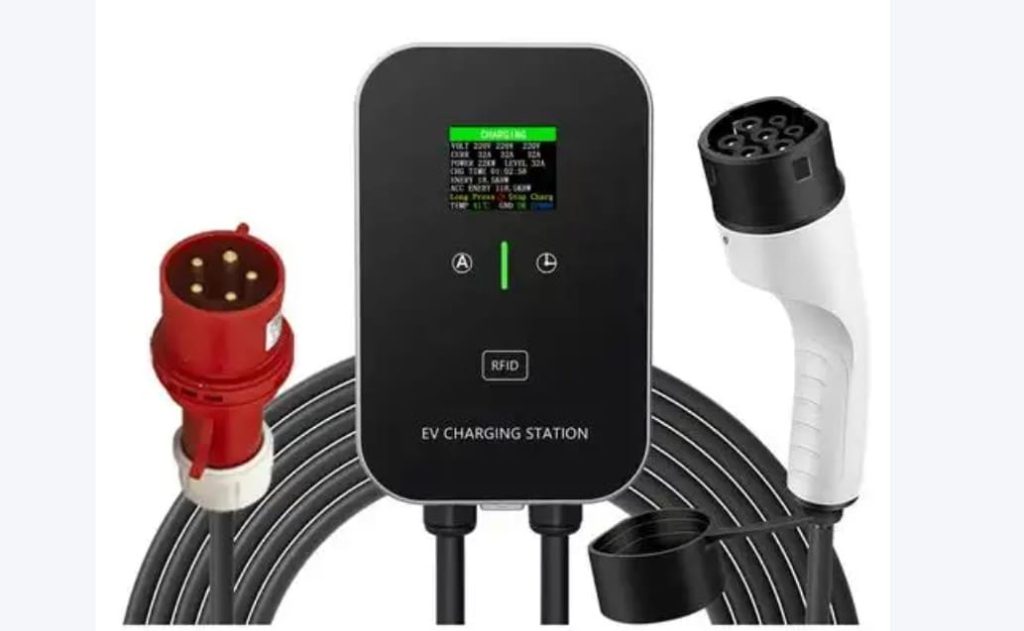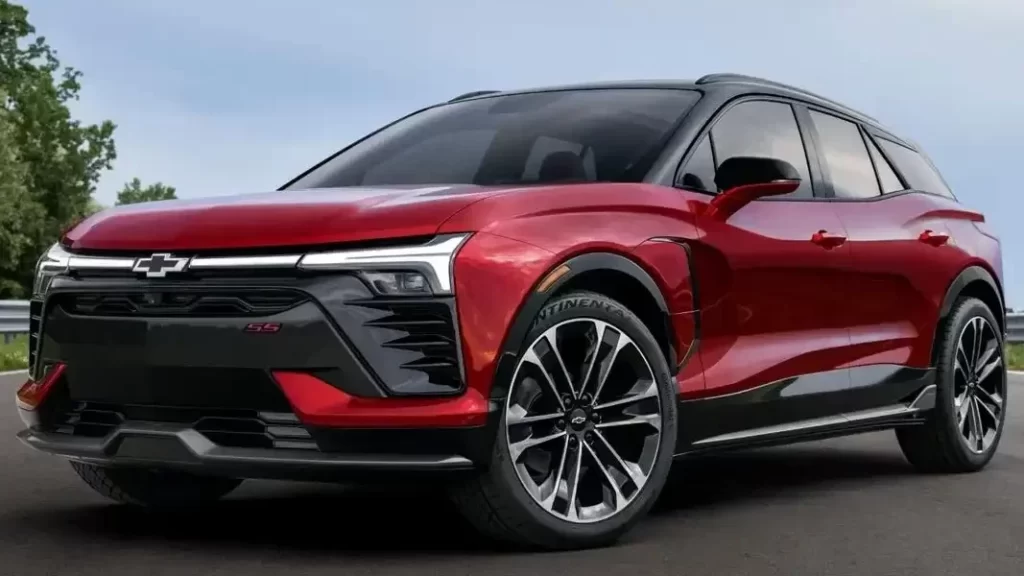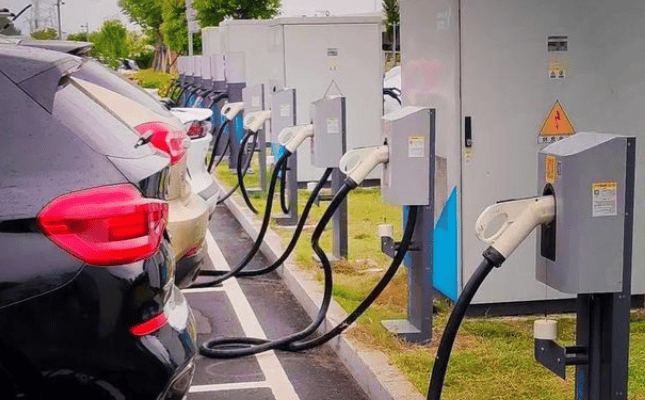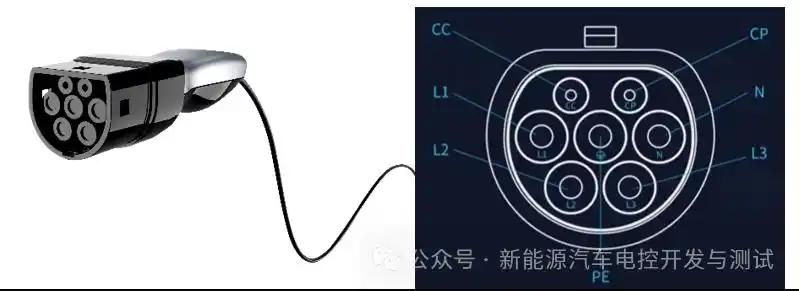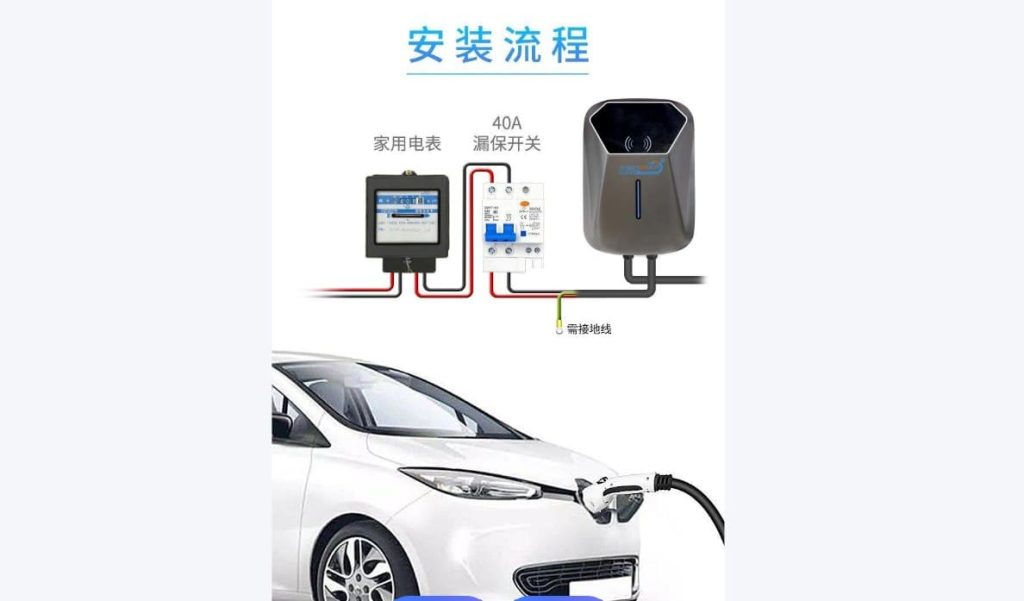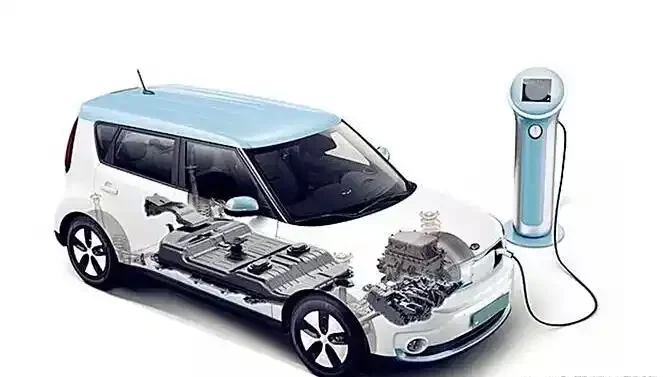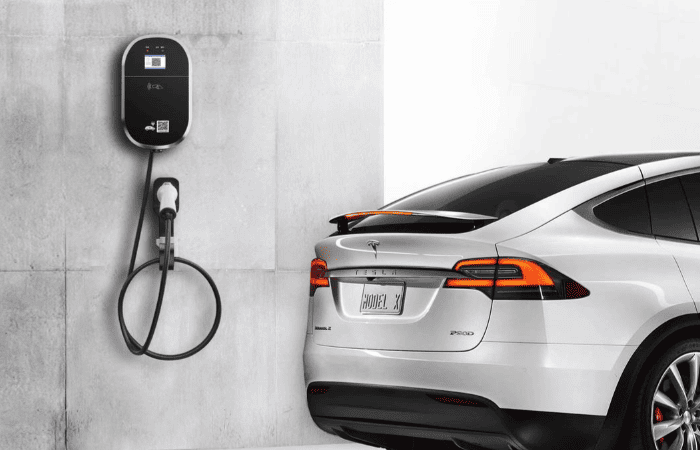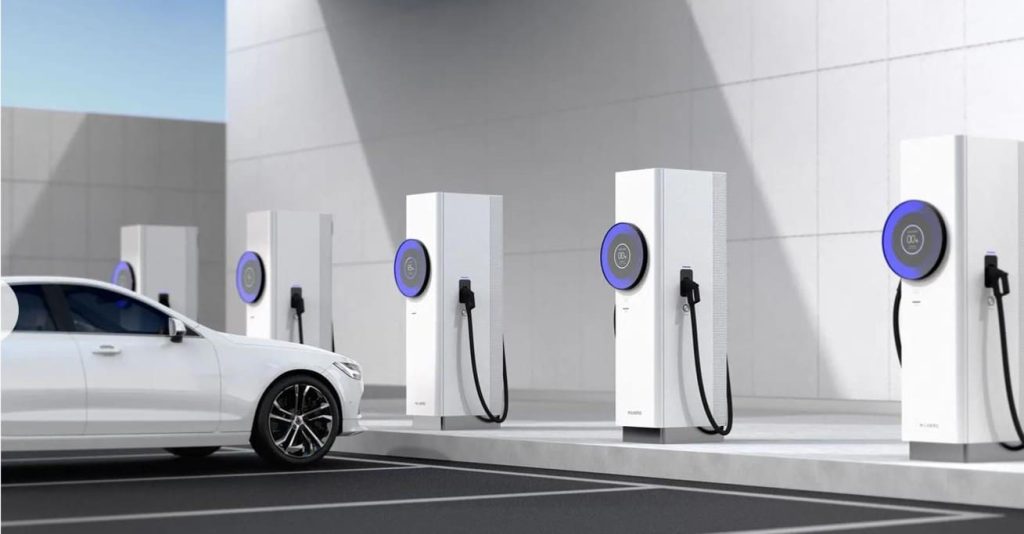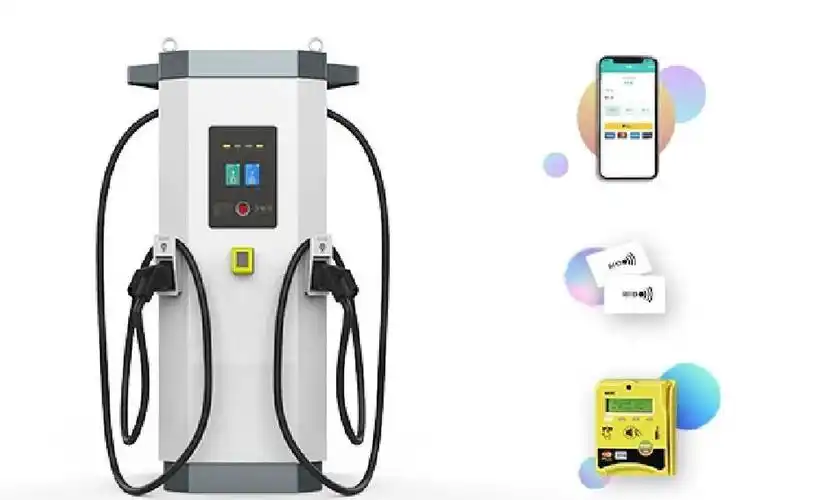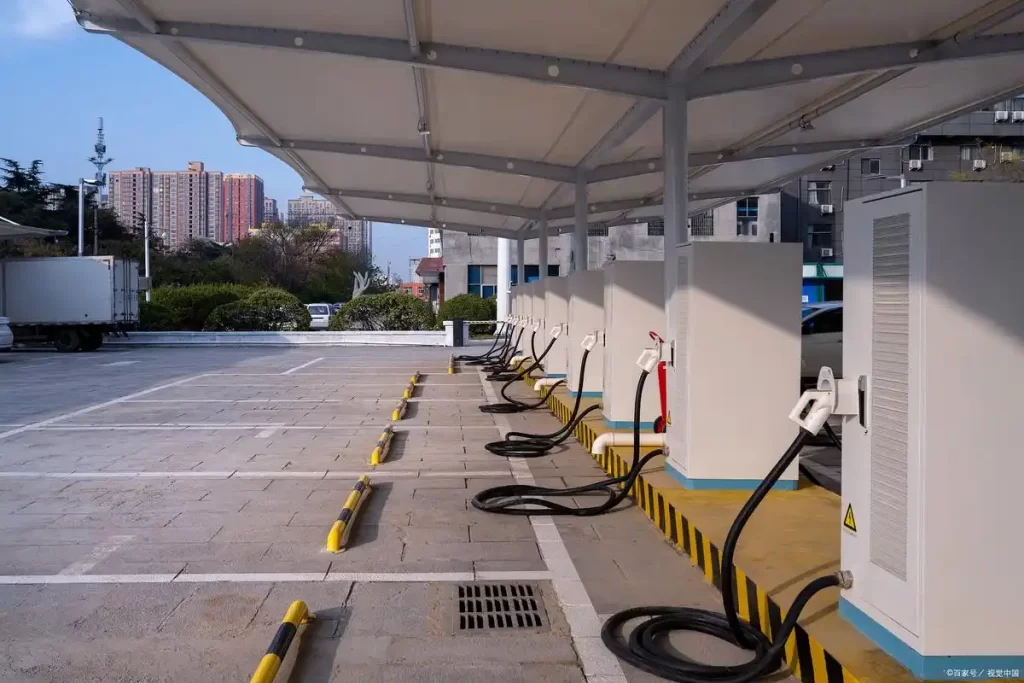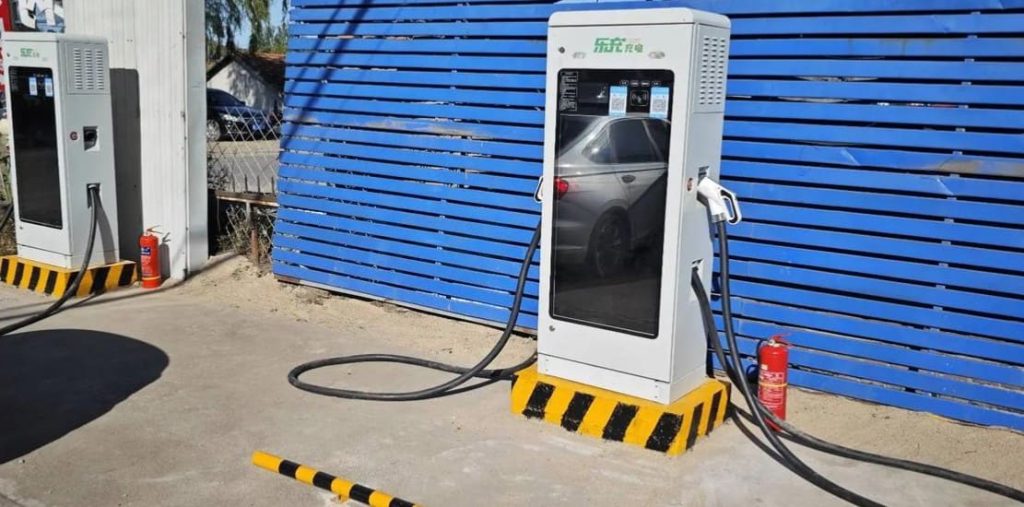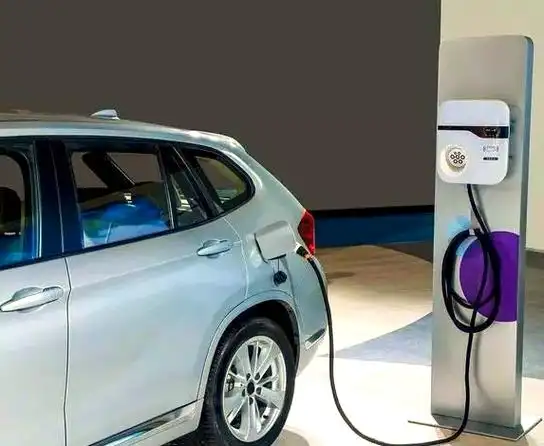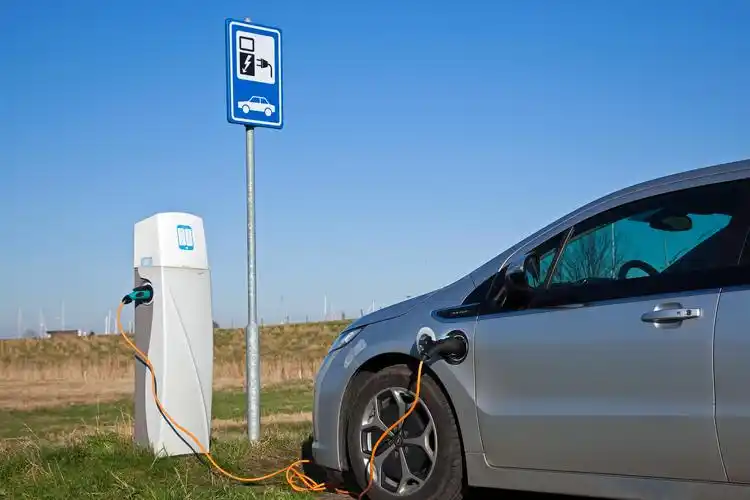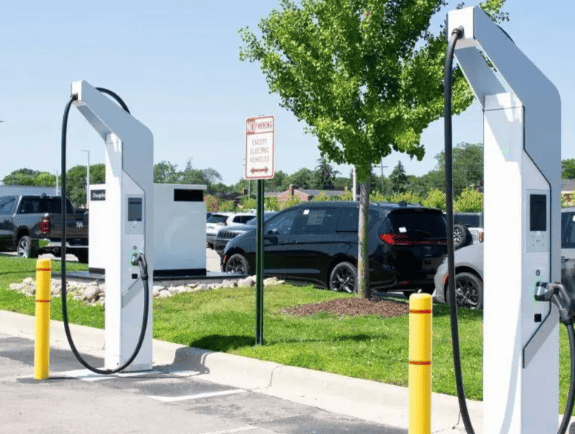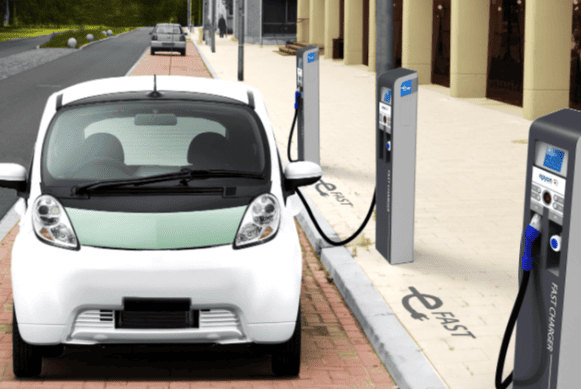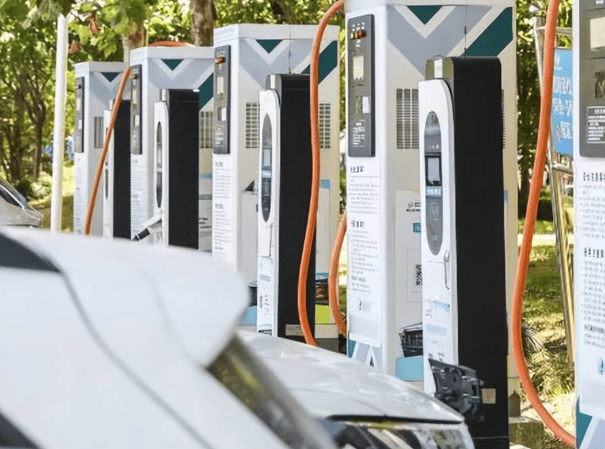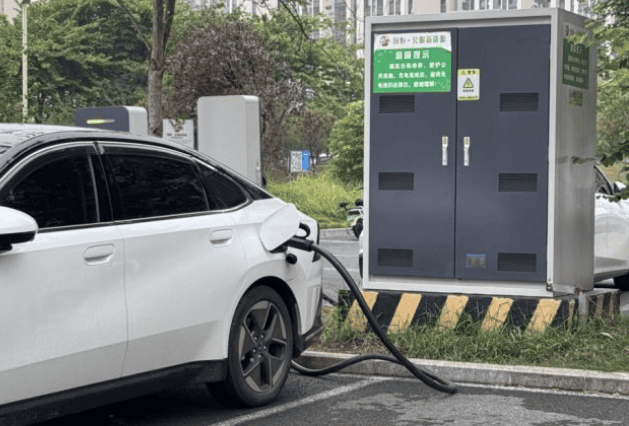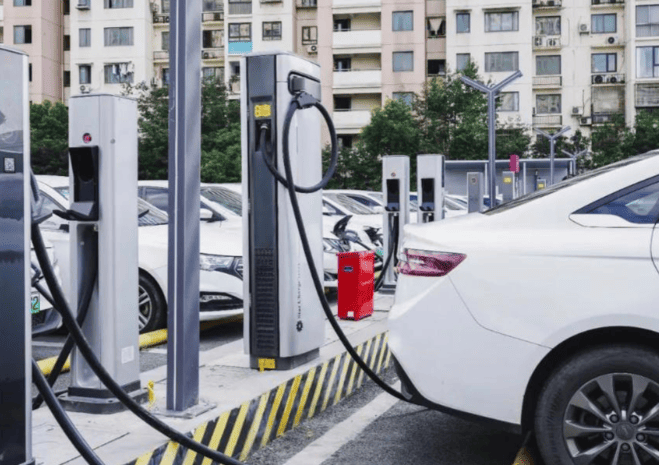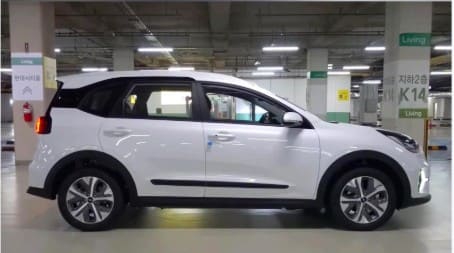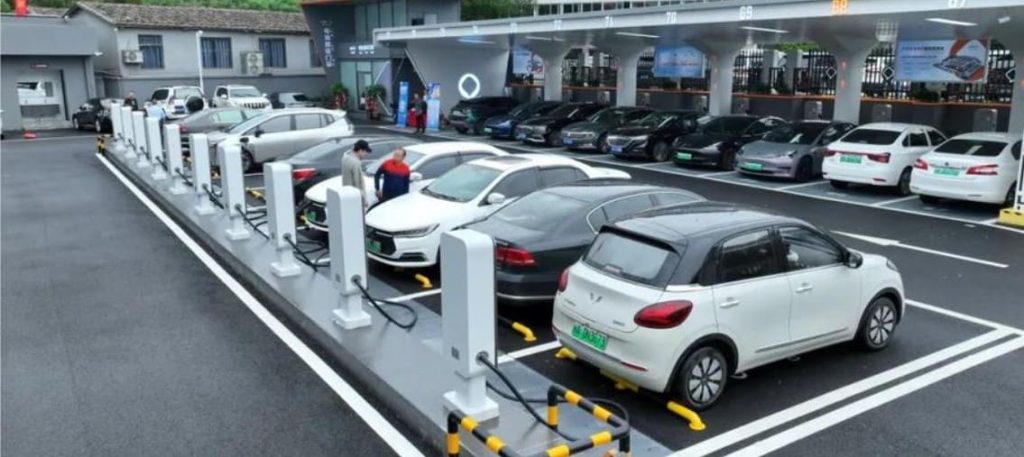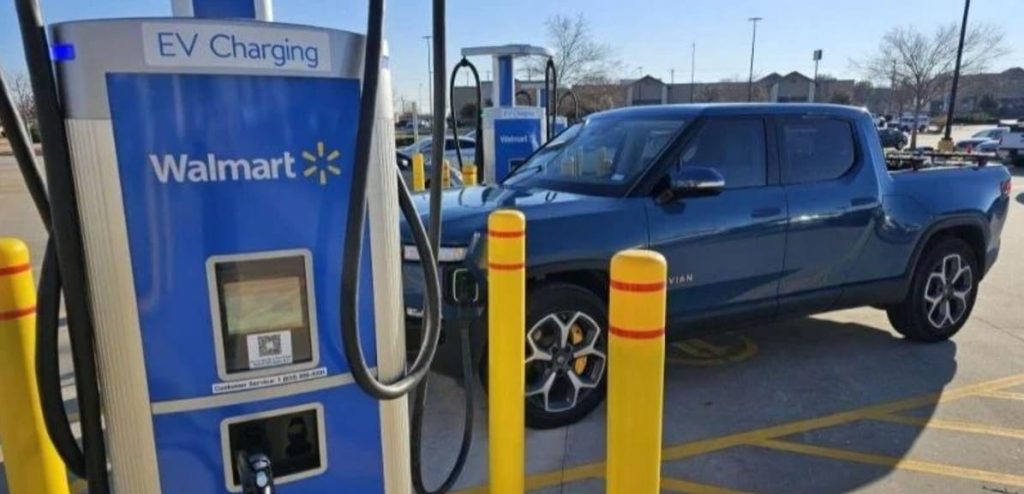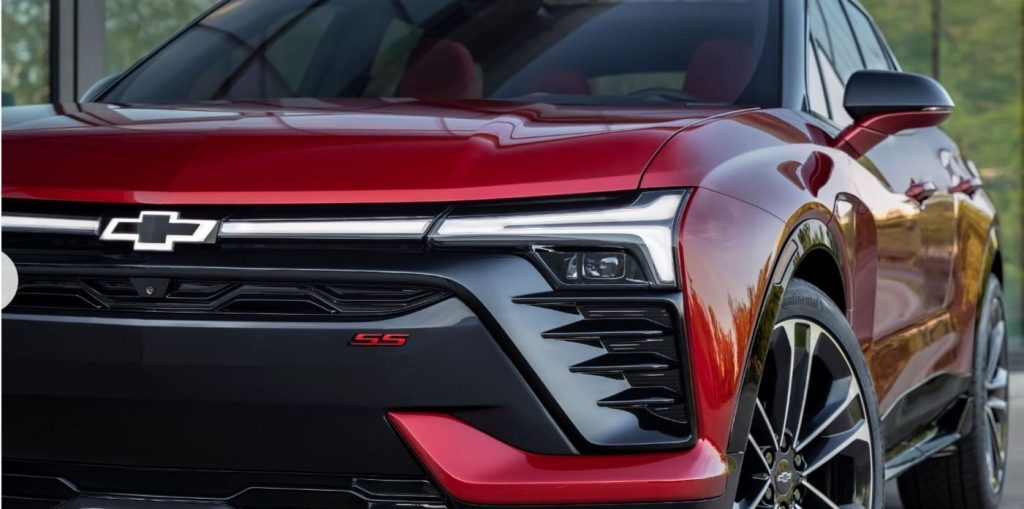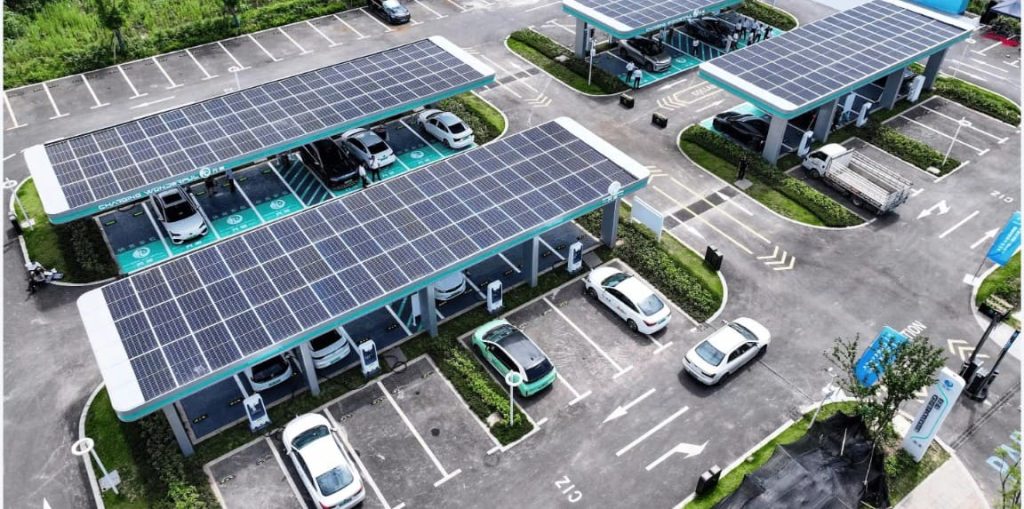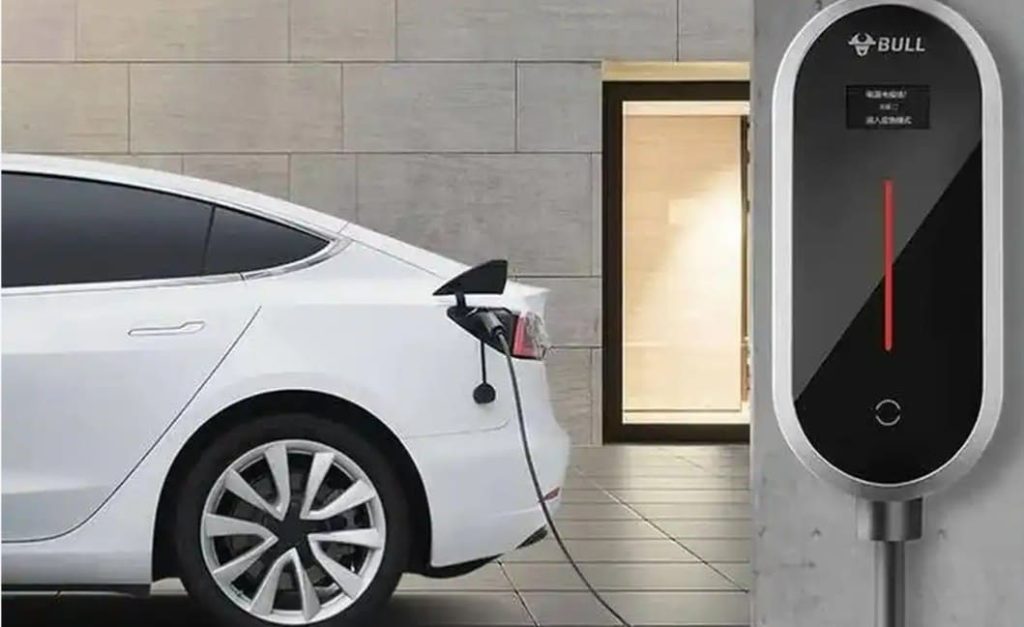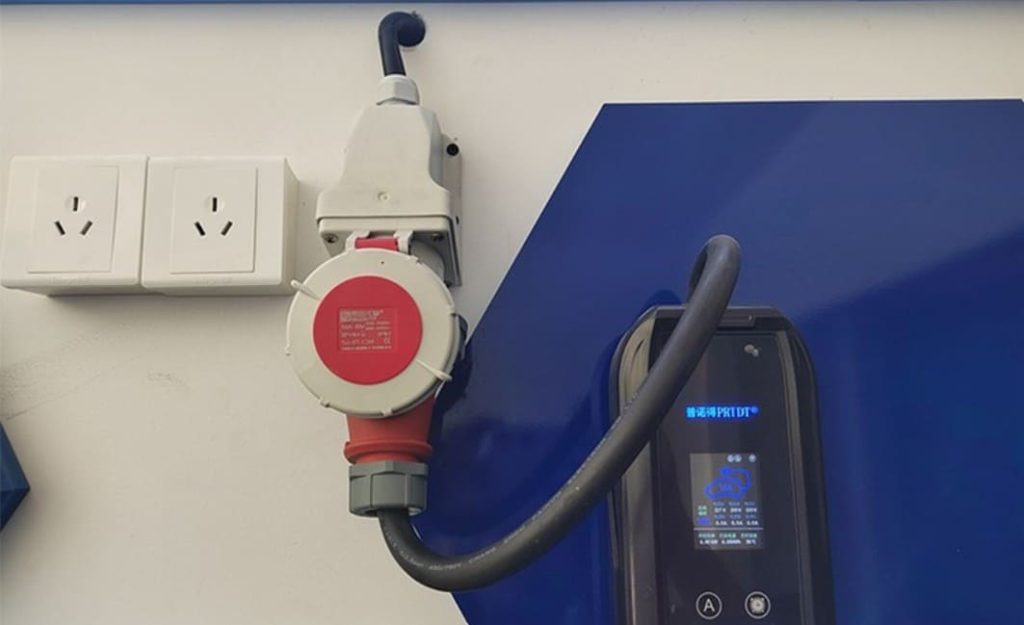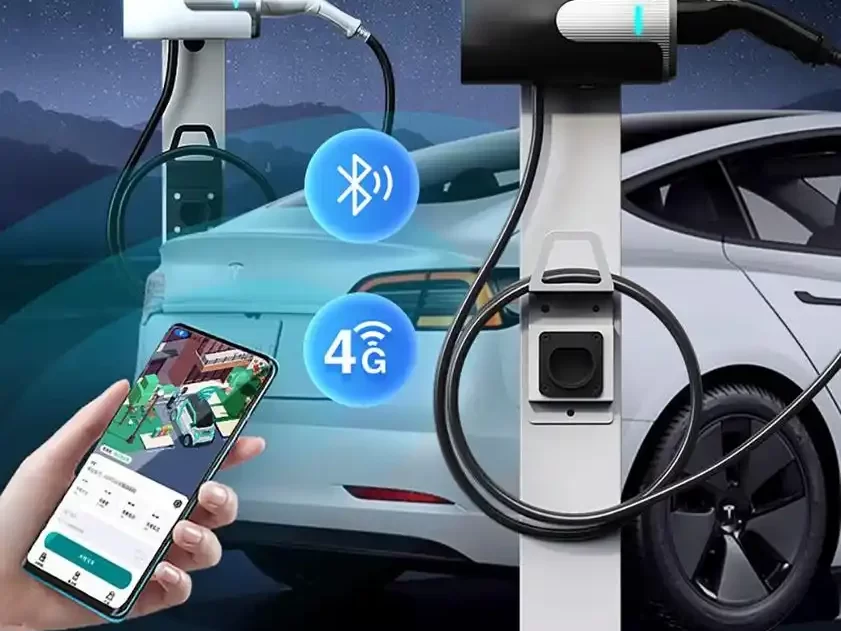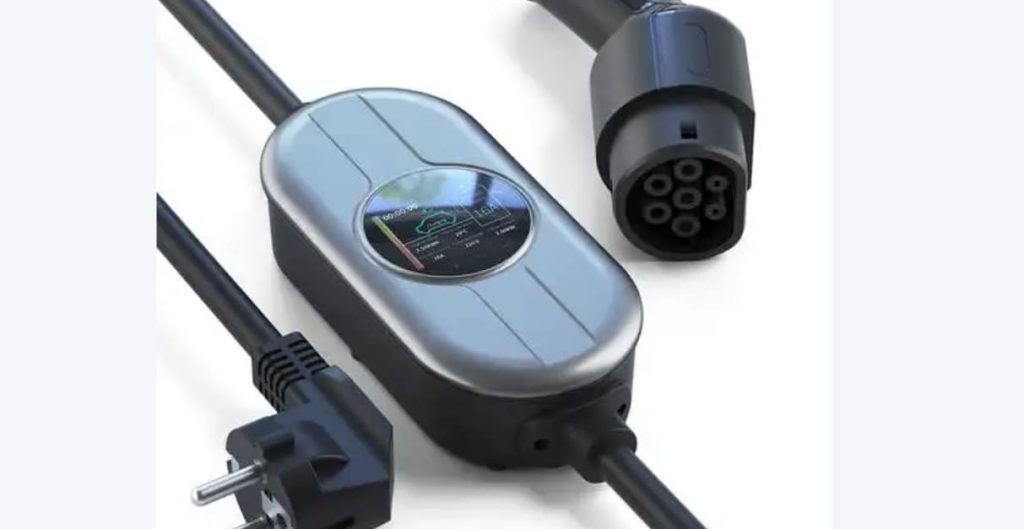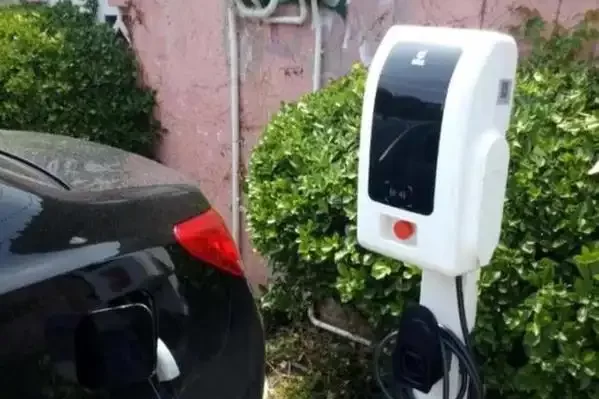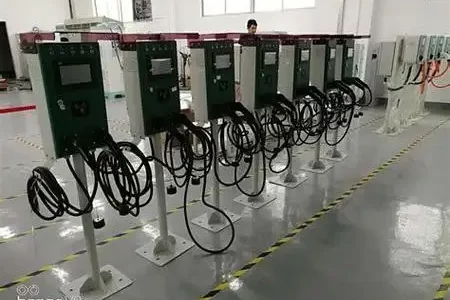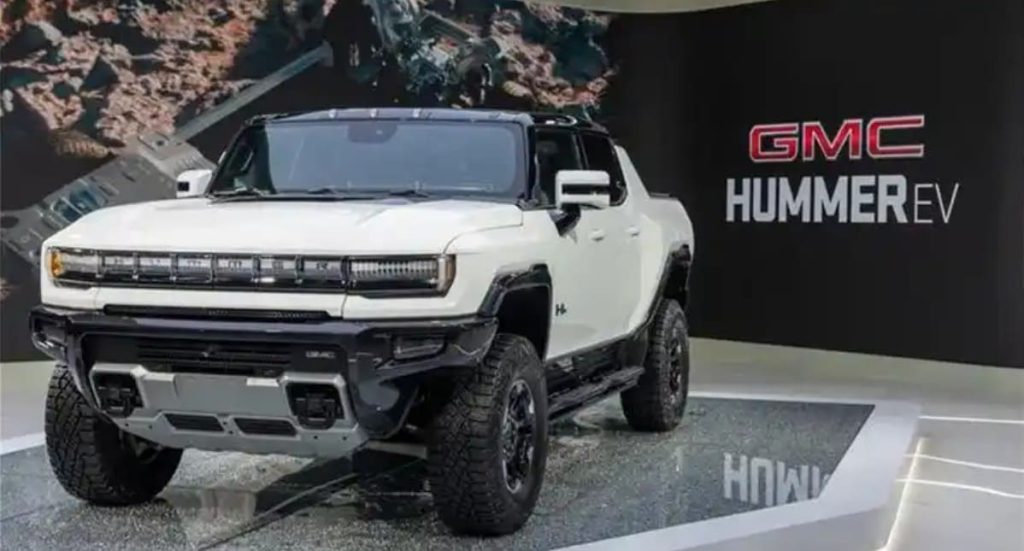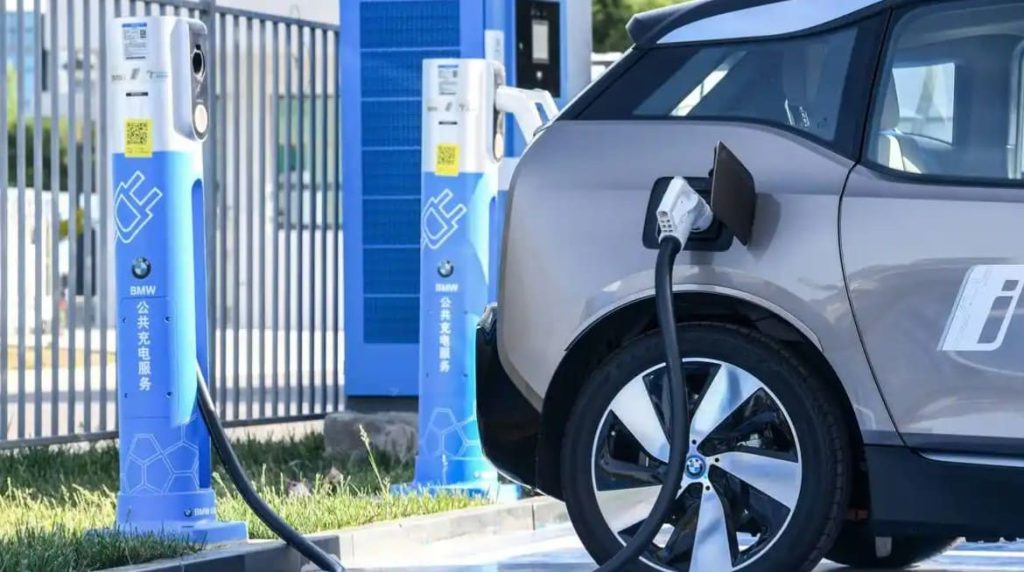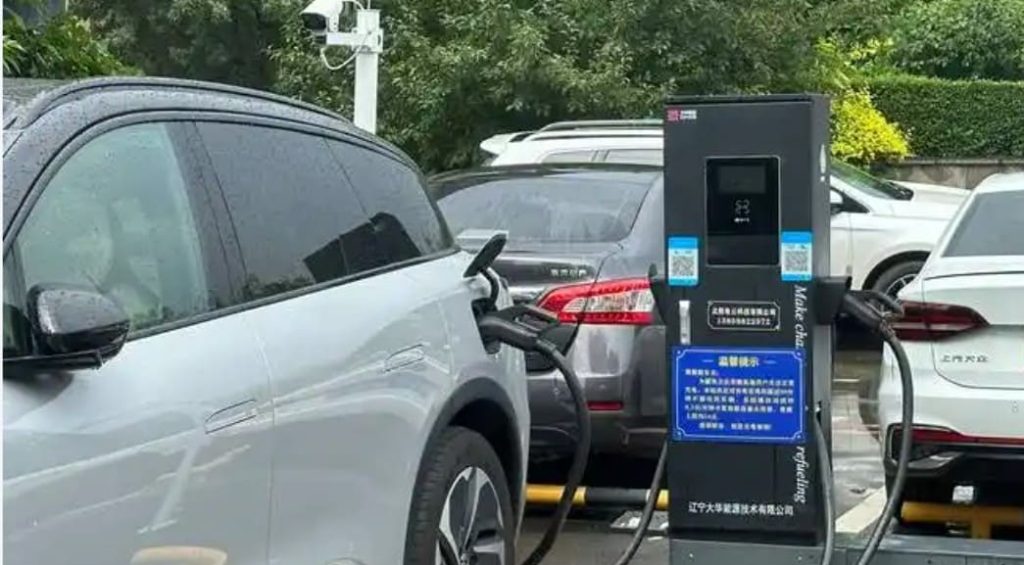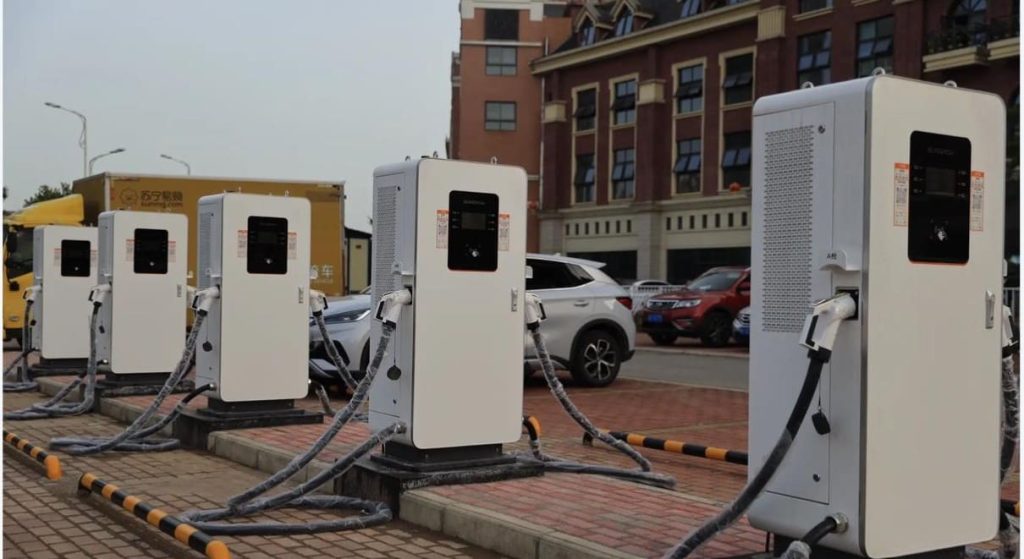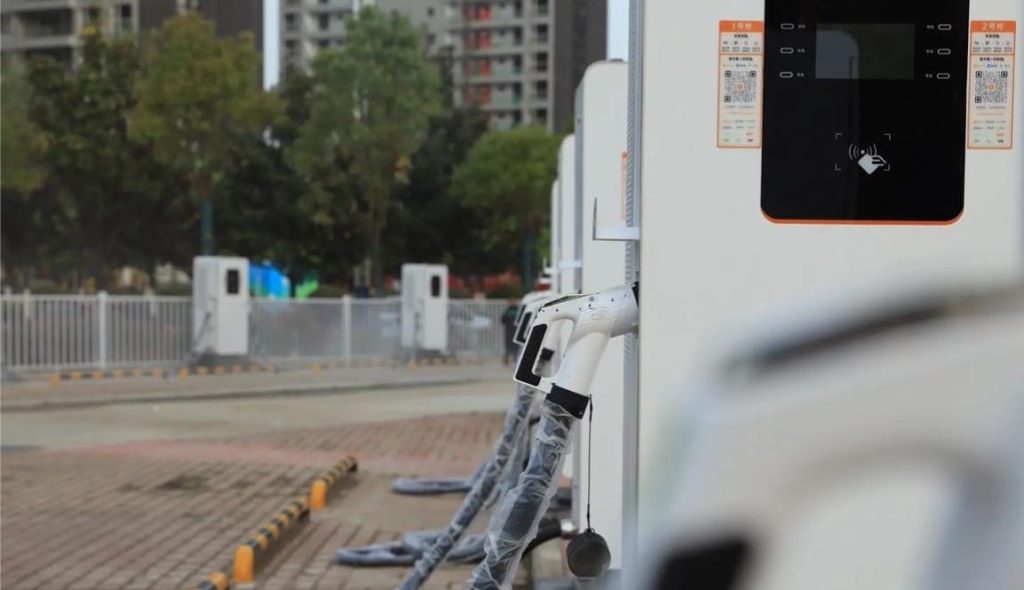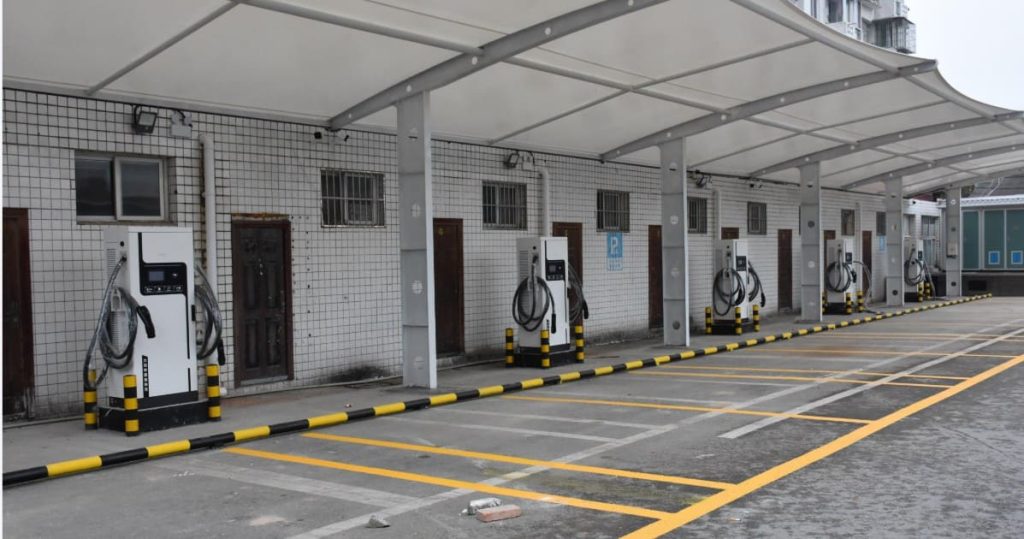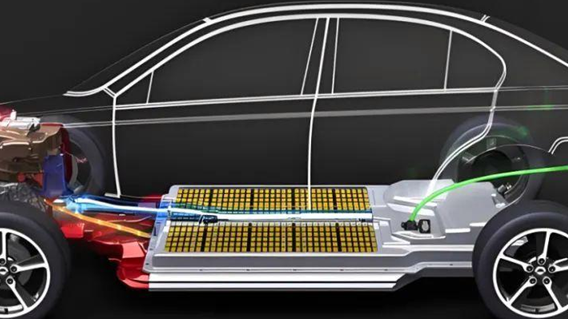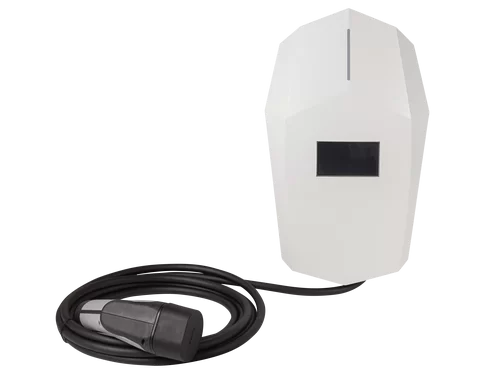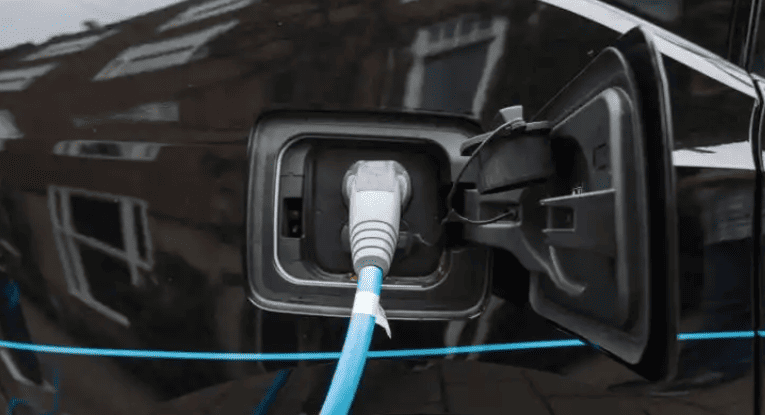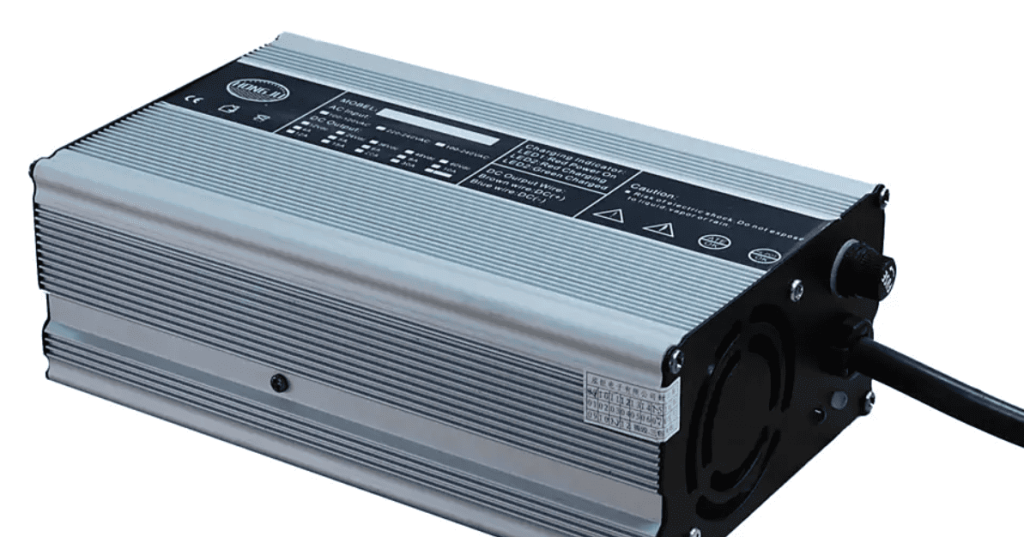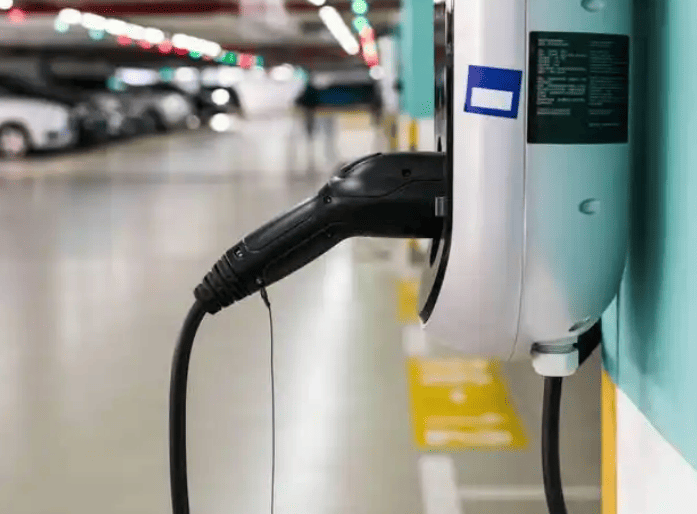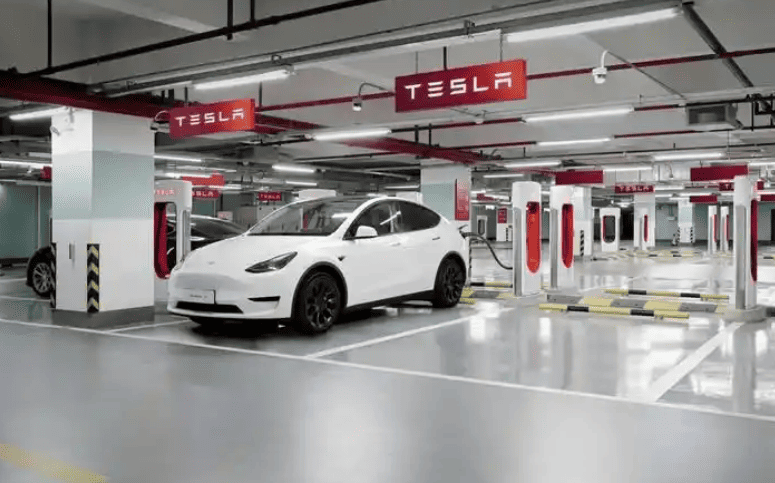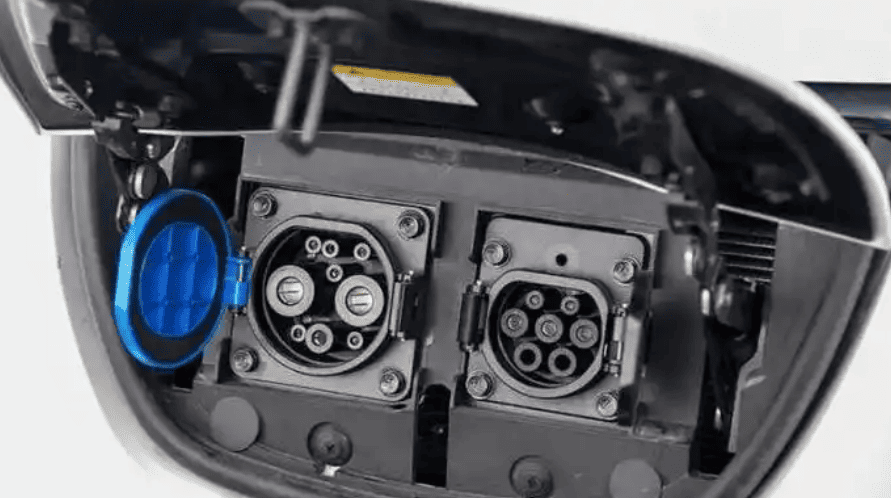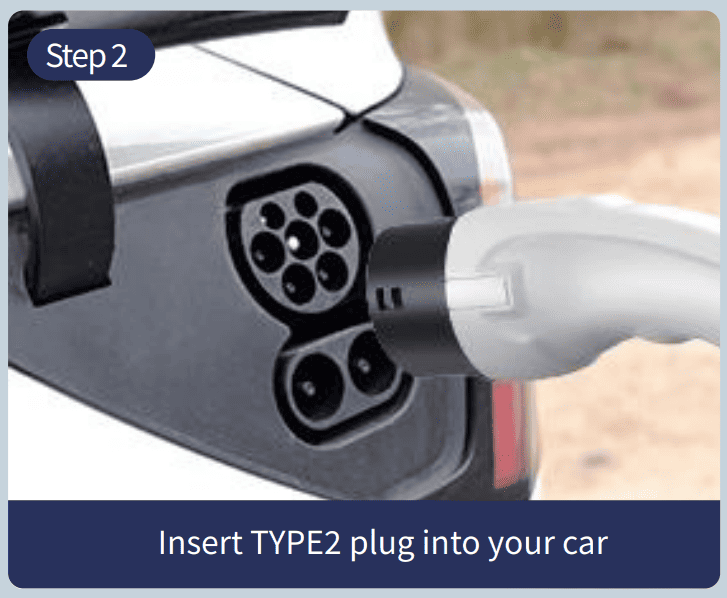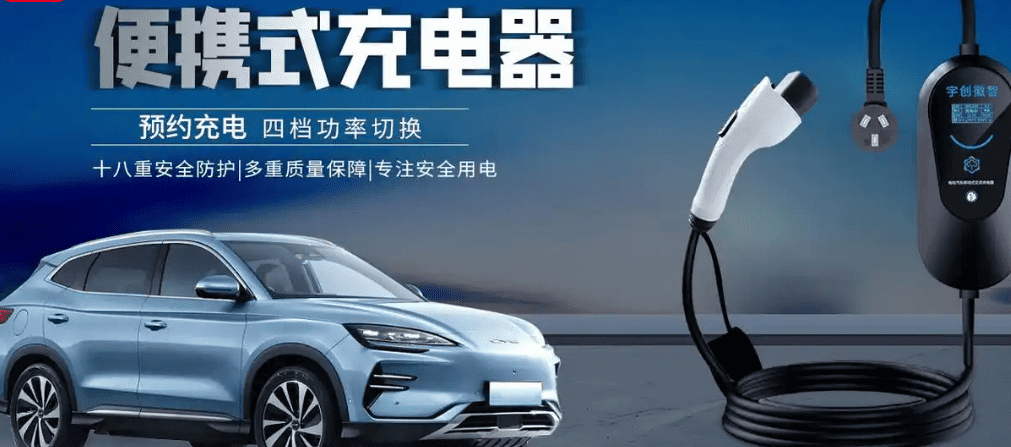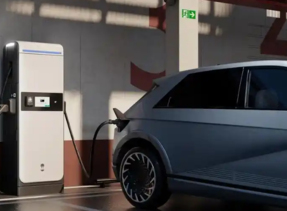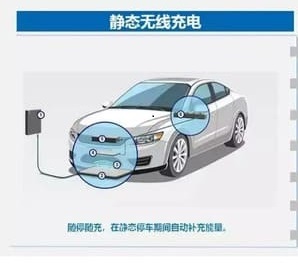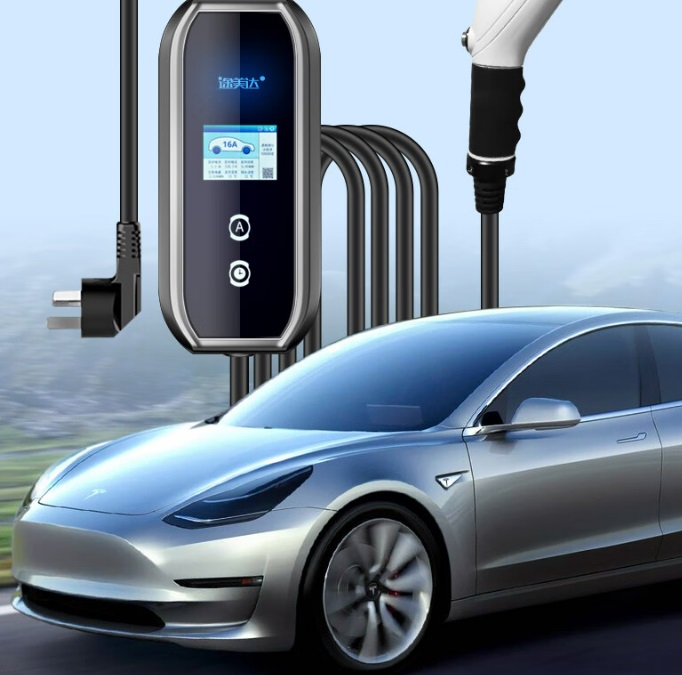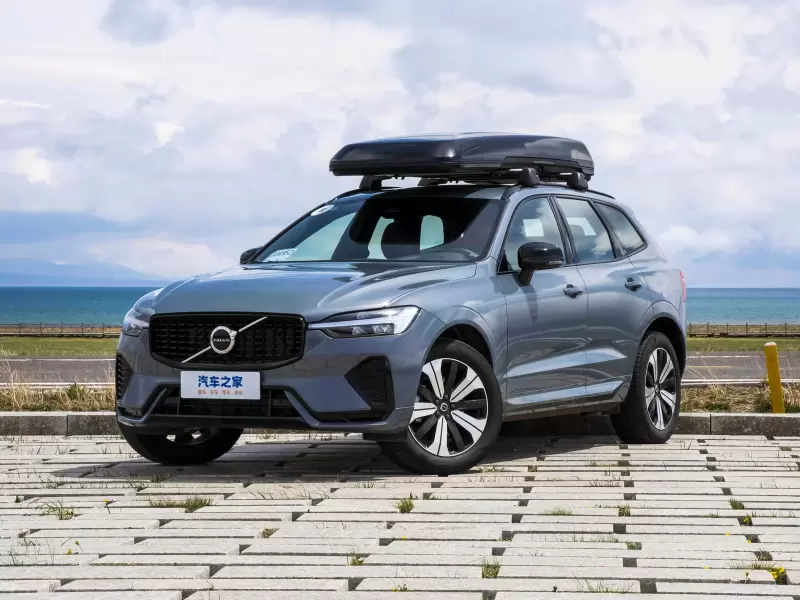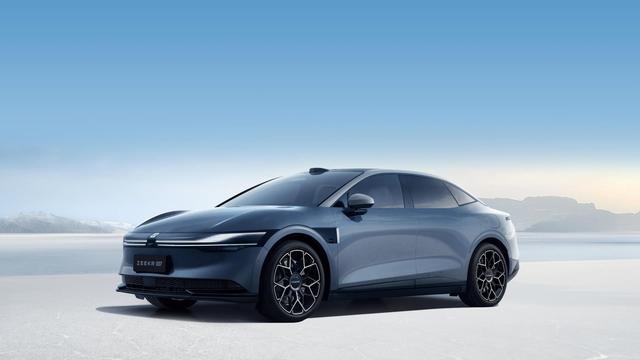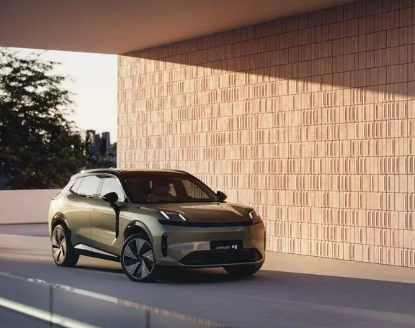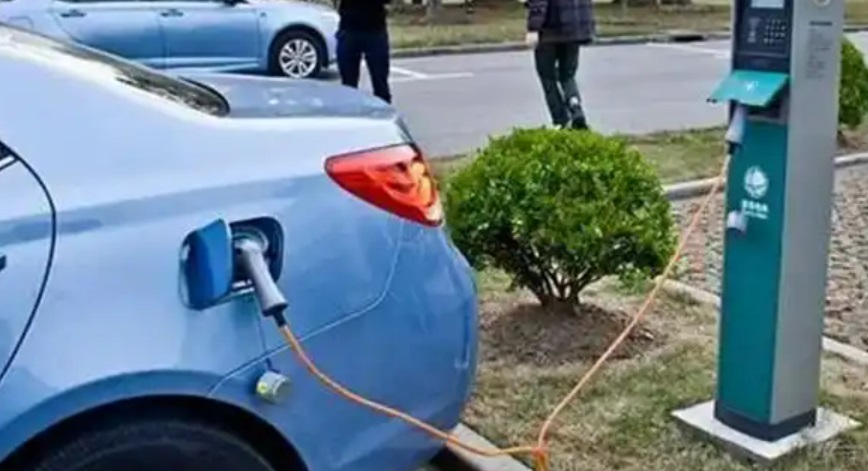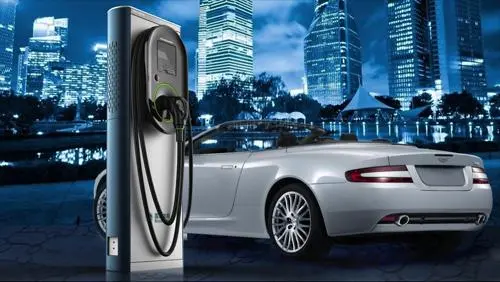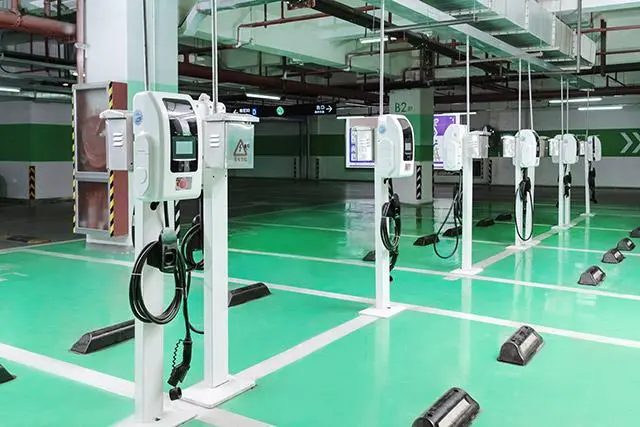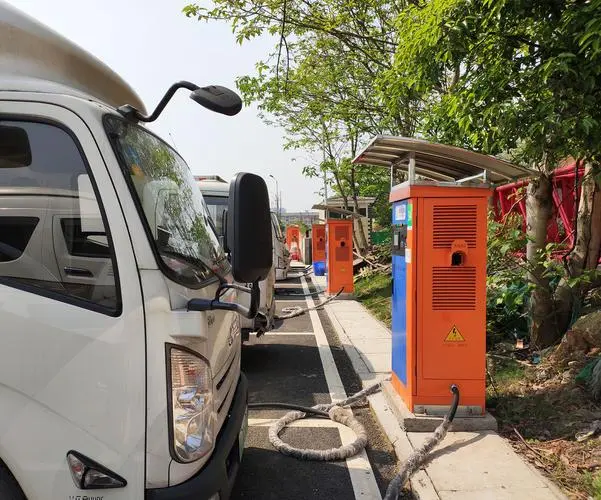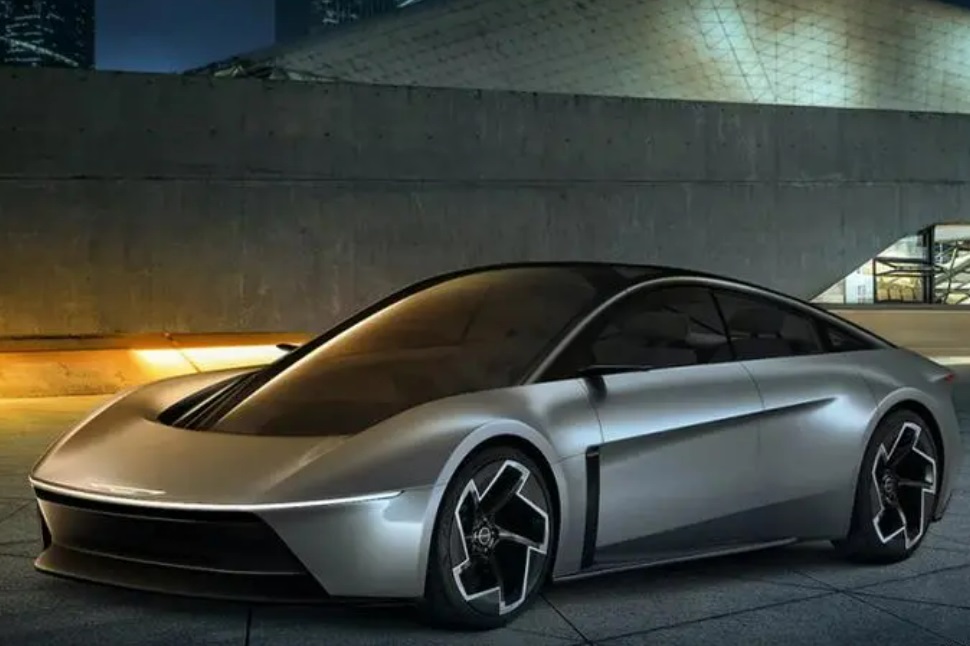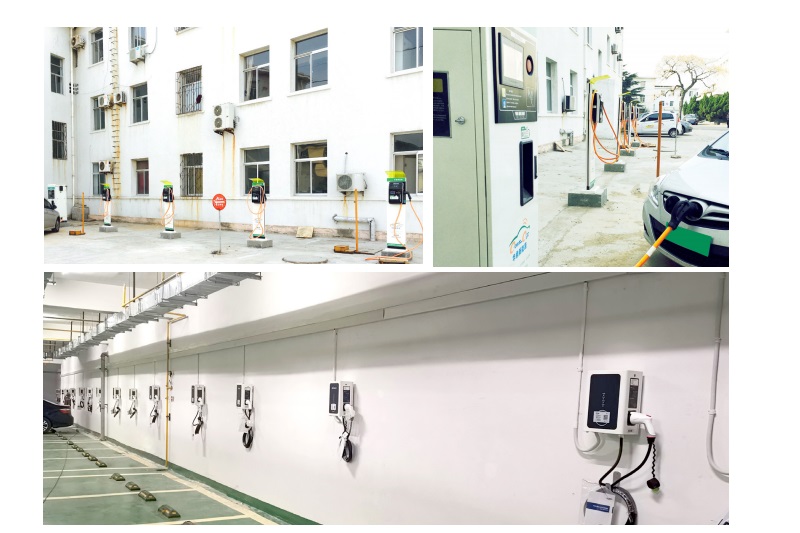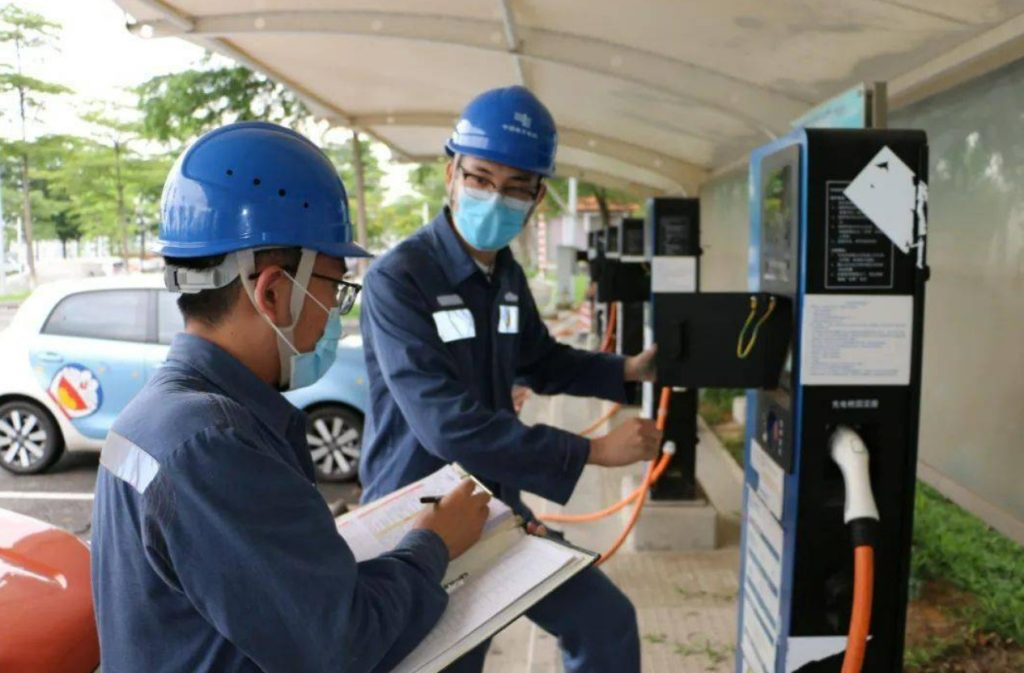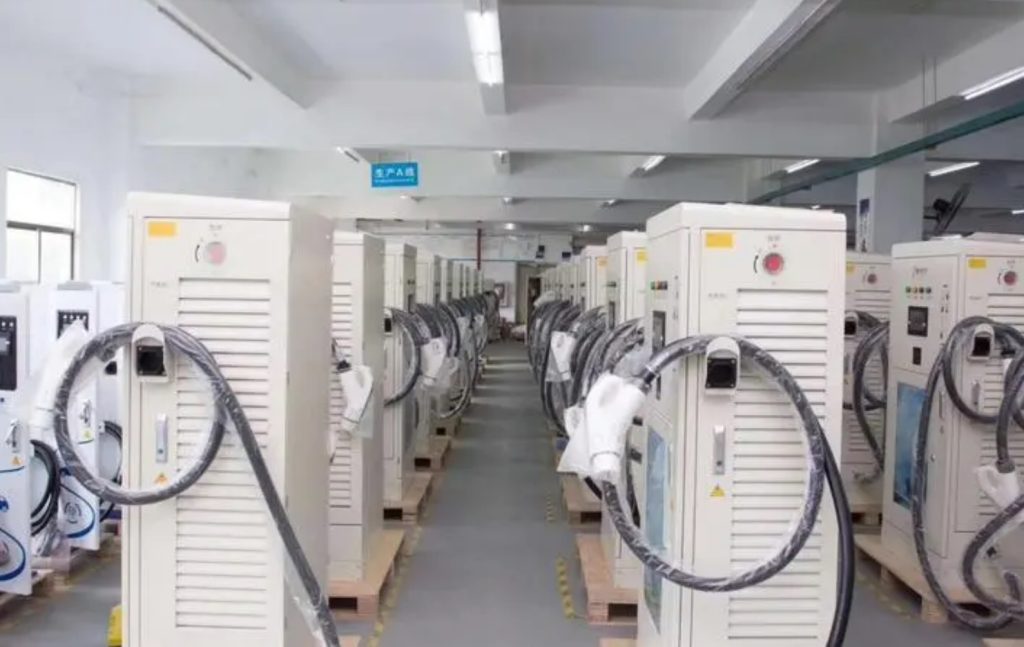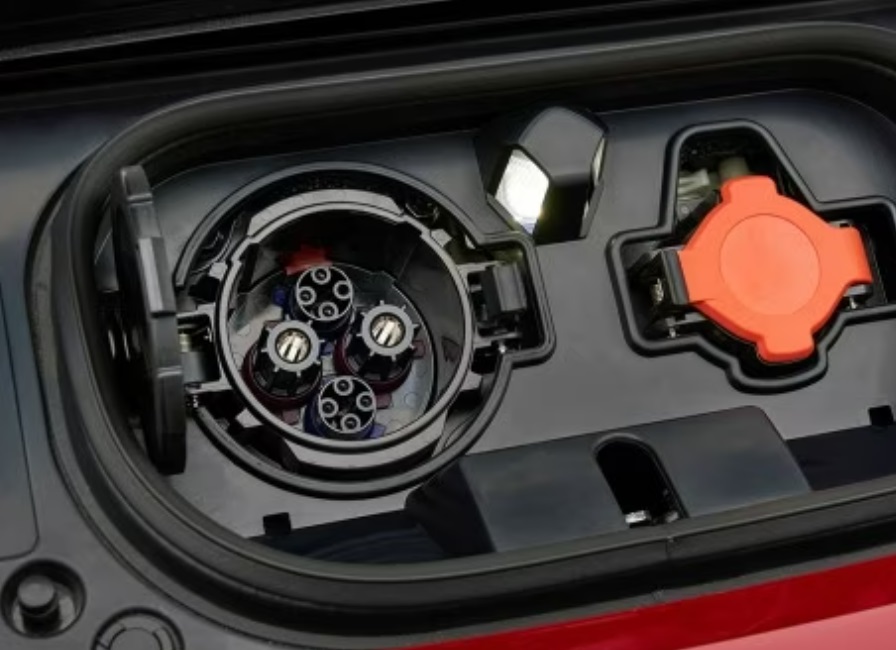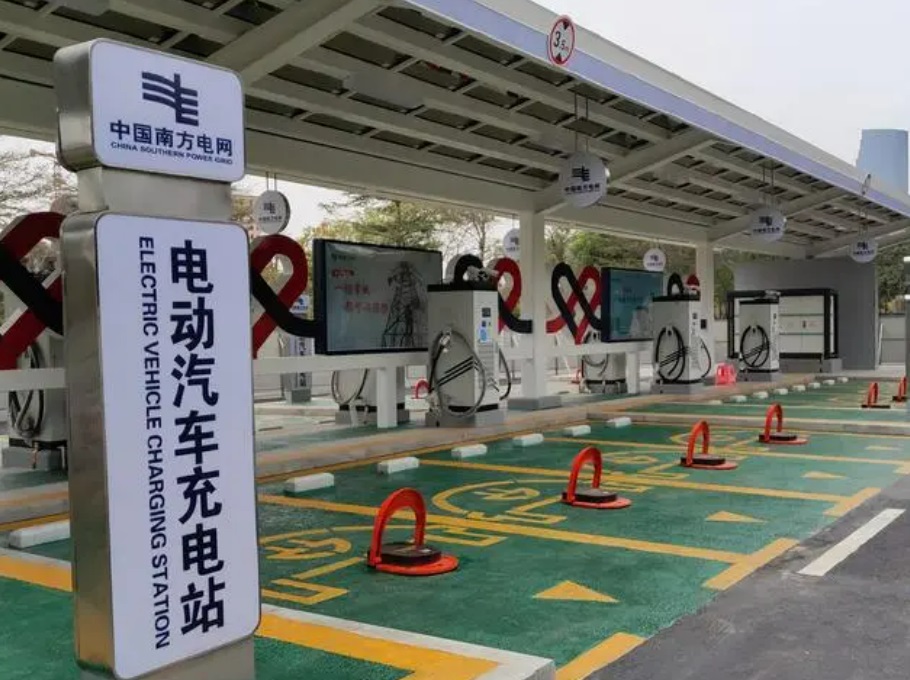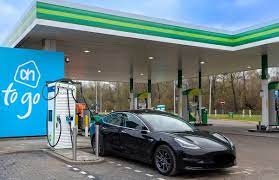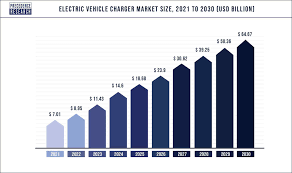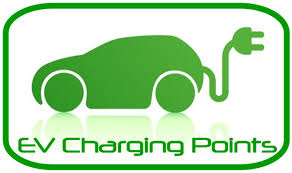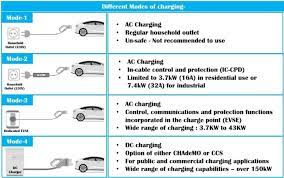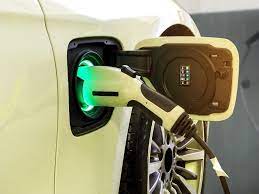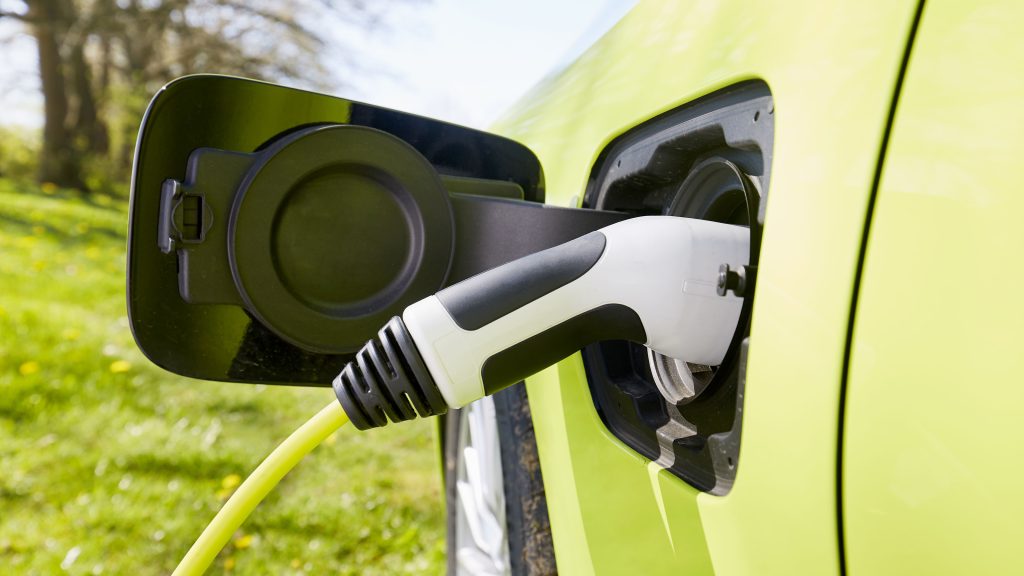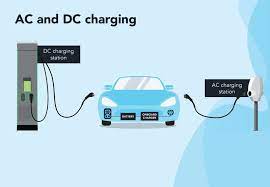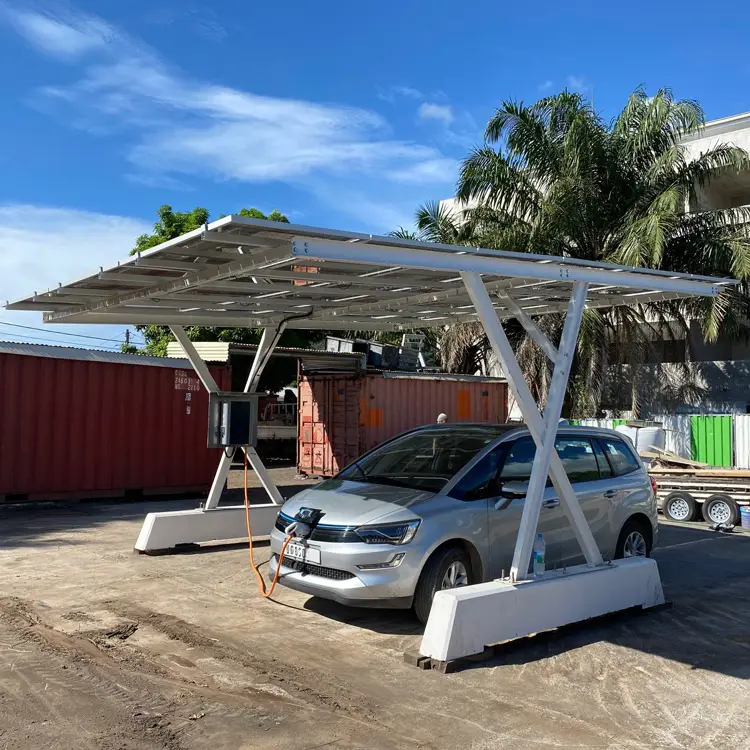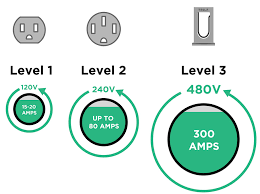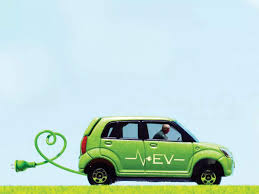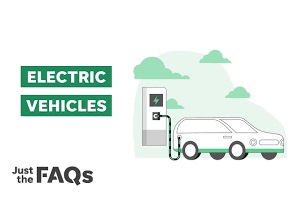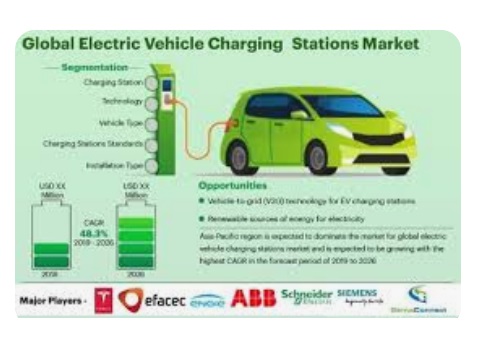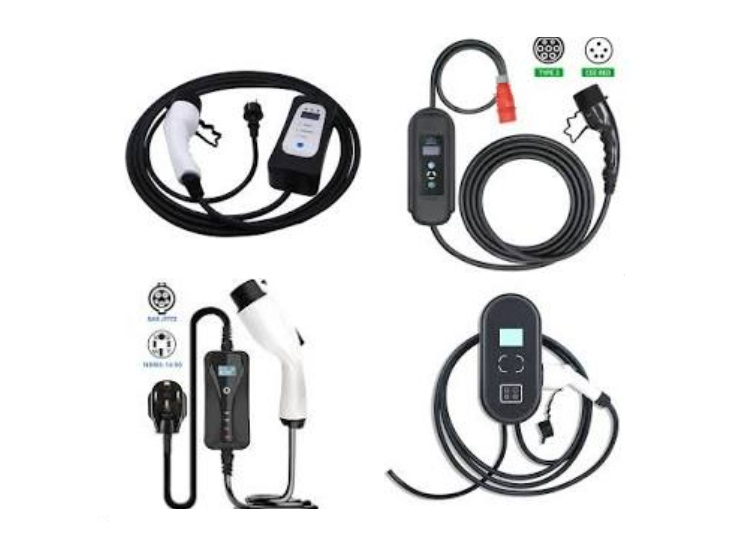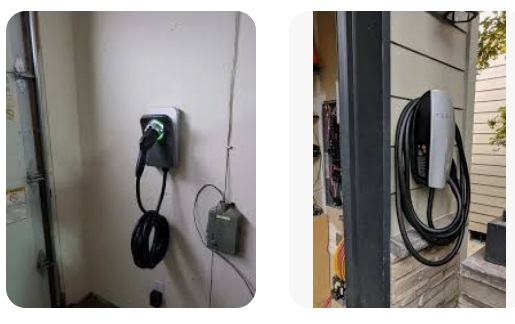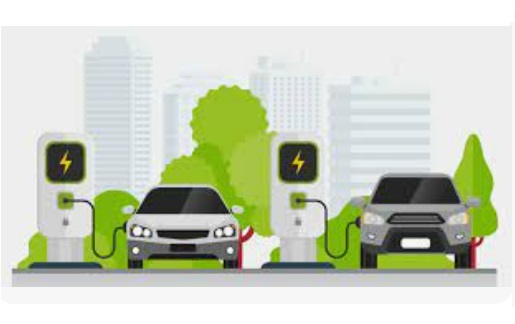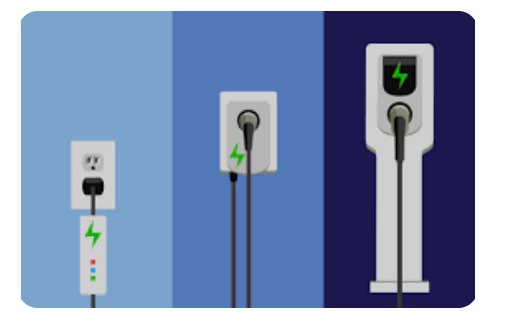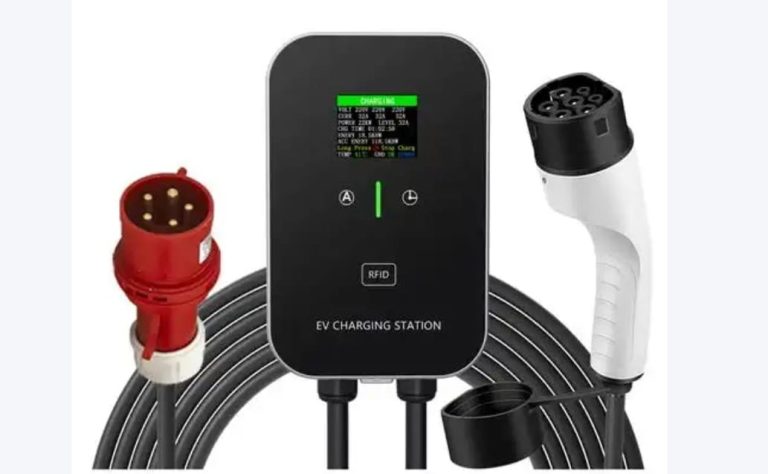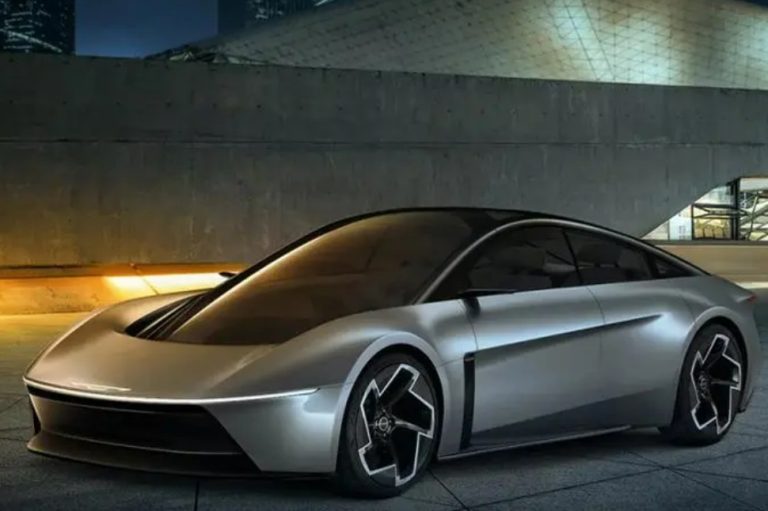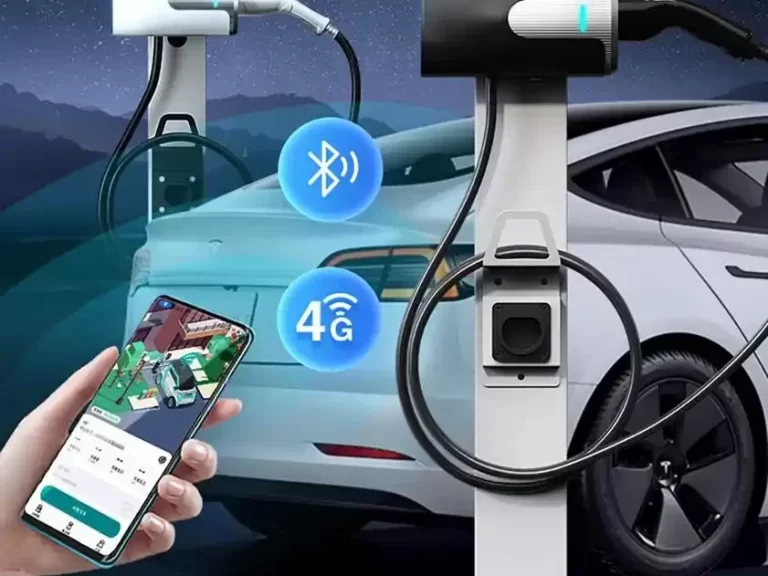ev charger tethered or untethered
ev charger tethered or untethered: Wired Dominance Meets Wireless Promise
The vast majority of electric vehicle (EV) chargers available today are tethered (wired) units, but wireless (untethered) charging technology is actively being developed and deployed in pilot projects, signaling a potential future shift. Understanding the current landscape and the distinctions between these two approaches is crucial for consumers, businesses, and policymakers navigating the EV revolution. Each offers distinct advantages, challenges, and suitability for different applications.

Tethered (Wired) Charging: The Established Standard
Currently, over 90% of the installed EV charging infrastructure relies on tethered systems. This means the charging cable is permanently attached to the charging station itself. Tethered chargers fall into two main categories defined by their power delivery method and speed: AC (Alternating Current) and DC (Direct Current).
AC chargers, also known as “slow” or “level 2” chargers, are the mainstays of both home charging and public charging in places like shopping malls, public parking lots, and workplaces. Usually, they run between 7 kW and 22 kW of power. Even though it may take several hours to fully charge an EV battery (often overnight at home), this slower rate is generally thought to be kinder to the battery’s long-term health. Compared to high-power DC chargers, the lower power requirements also result in lower equipment and installation costs. The driver physically takes the tethered cable from the AC charger and inserts the standardized connector (such as Type 1, Type 2, or the Tesla connector) into the charging port of their vehicle. Starting the session usually involves authentication via an RFID card, smartphone app, or contactless payment system. Crucially, tethered AC chargers incorporate multiple layers of safety protection, including ground fault detection, overcurrent protection, and temperature monitoring within the cable and connector.
The other main kind of tethered system is a DC charger, sometimes referred to as a “rapid” or “fast” charger. These bypass the car’s onboard charger and supply power to the battery directly as DC current. As a result, much higher power levels are possible, usually between 50 and 350 kW, or even higher for the newest ultra-rapid chargers (Tesla’s V3 Superchargers, for instance, peak at 250 kW). They are crucial for long-distance travel and rapid top-ups because they allow for the addition of hundreds of kilometers of range in just 20 to 30 minutes. As a result, they are primarily situated at service stations and specialized fast-charging hubs in urban areas along major highways. They employ tethered cables with specific high-power connectors, such as Tesla’s connector, CHAdeMO, or CCS Combo 2, just like AC chargers.The physical connection process is similar, though the thicker, liquid-cooled cables required for high power can be heavier and less flexible. Safety remains paramount, with sophisticated systems managing the high-power flow, thermal regulation of the cable and connector, and secure communication between the charger and the vehicle.
Untethered (Wireless) Charging: The Emerging Frontier
With untethered, or wireless, EV charging, the physical cable is completely removed. Rather, it uses electromagnetic fields to move energy from a transmitter coil, which is a ground-based charging pad, to a receiver pad that is mounted beneath the car. The two main underlying technologies are magnetic resonance, which provides a little more tolerance for misalignment and distance, and electromagnetic induction, which is comparable to wireless phone chargers but larger. Without requiring a plug, the system detects the EV and starts charging when the driver parks it so that the receiver pad is reasonably aligned over the transmitter pad that is buried in the ground.
This “just park and charge” experience offers compelling convenience, particularly for daily use scenarios like home garages or fleet depots. It removes the inconvenience of managing frequently heavy, filthy, or possibly damp cables. Future autonomous cars, which might just position themselves precisely over charging pads without human assistance, would benefit greatly from this convenience feature. By eliminating the possibility of electric shock from exposed contacts or broken cables and connectors, wireless systems also provide inherent safety benefits. A major advantage in cold climates is that they are also less vulnerable to vandalism and are not impacted by inclement weather, such as snow or ice obstructing physical charging ports. There are already notable pilot projects showcasing this technology in use, like the ones implemented for taxis and buses in places like Suzhou, China.
However, significant hurdles currently prevent widespread adoption of wireless charging. The core challenge lies in efficiency. Energy is lost during the conversion from AC in the grid to a high-frequency AC in the transmitter coil, and again during transmission across the air gap and conversion back to DC in the vehicle’s receiver. Current wireless systems typically achieve efficiencies between 85% and 90%, compared to 92% to 95% for modern tethered DC fast chargers. This means more electricity is wasted as heat for the same amount of energy delivered to the battery – for instance, charging a large 100 kWh battery wirelessly might waste 10-15 kWh, whereas a tethered system might waste only 5-8 kWh. Furthermore, precise alignment (usually requiring the pads to be within 10-15 cm) is critical for efficient power transfer, posing a challenge for consistent user experience. The technology is also considerably more expensive. Installing a wireless charging system involves significant civil engineering work to embed the transmitter pad into the ground, along with more complex power electronics. Current estimates place the installation cost for a single wireless charging point between $20,000 and $50,000, compared to $5,000 to $20,000 for a tethered fast charger (depending heavily on power level and site specifics). Ongoing maintenance of buried components also presents logistical challenges. Finally, standardization across vehicle manufacturers is still evolving, though efforts like the SAE J2954 standard aim to address this.
Choosing the Right Technology: Context is Key
The decision between tethered and untethered charging isn’t about one universally replacing the other; it’s about selecting the right tool for the specific job. Tethered charging, particularly AC charging, remains the undisputed champion for affordability, widespread availability, and home use. Its simplicity and maturity make it the backbone of the current charging infrastructure. DC fast charging is indispensable for enabling long-distance EV travel and providing rapid top-ups in high-traffic areas.
Wireless charging shines in scenarios demanding maximum convenience, automation, and resilience against environmental factors. It is ideally suited for fleet operations (buses, taxis, delivery vans) operating on fixed routes where vehicles return to depots and can park precisely over charging pads overnight or between shifts. Autonomous vehicle fleets represent a potentially massive future application. Public transportation stops could also benefit. Its immunity to connector freezing makes it attractive in very cold climates. High-security areas or locations where vandalism is a concern might also favor the lack of exposed cables and connectors.
The Road Ahead: Coexistence and Evolution
Both tethered and untethered charging solutions will coexist in the near future. Because of its established deployment base, high efficiency, and affordability, tethered charging—particularly DC fast charging—will remain the industry standard. It is essential for quickly expanding the network of public charging stations. On the other hand, wireless charging technology is developing steadily. The main areas of research are lowering manufacturing and installation costs, increasing tolerance for parking misalignment, enhancing efficiency (reducing energy losses), and enabling dynamic wireless charging (transferring power to vehicles while in motion on dedicated lanes). Wireless charging is set to move beyond specialized applications into larger consumer markets as these issues are resolved and economies of scale take hold. This is especially true for home use and certain public or fleet scenarios where its special benefits are most advantageous.The ultimate choice for users will depend on carefully weighing factors like cost, required charging speed, convenience needs, and the specific context in which the charging will most frequently occur. Both technologies will play vital roles in building a comprehensive and user-friendly EV charging ecosystem.

